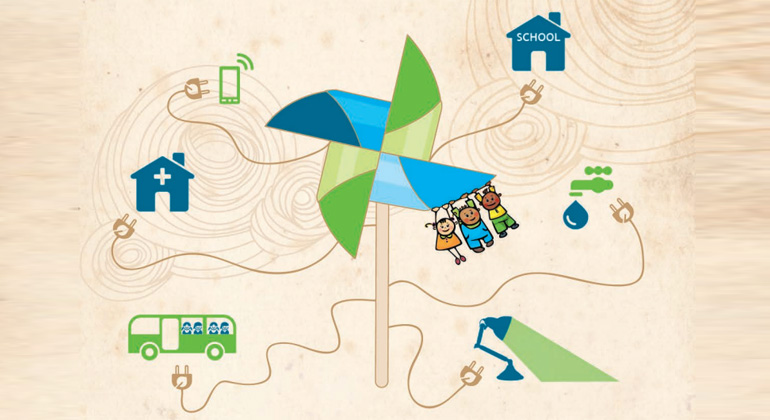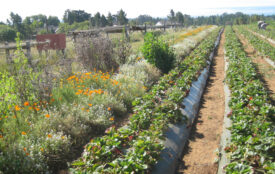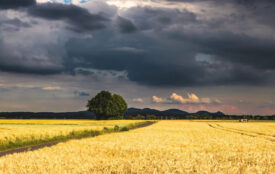Why sustainable energy matters to children – study
The UN Children’s Fund (UNICEF) headquarters and UNICEF United Kingdom have published an advocacy paper that provides an overview of the sustainable energy needs, issues, opportunities and barriers that children are facing, and proposes recommendations to address them.
According to the publication, titled ‘Why sustainable energy matters to children: The critical importance of sustainable energy for children and future generations,’ sustainable energy solutions for children can provide major opportunities in terms of improving their health, education, well-being and development.
The report consists of six main sections and contains examples of innovative sustainable energy solutions for children from Bangladesh, Burundi and Uganda. The section on children’s energy needs discusses the problem at the household level, as well as within the health, education, water, and infrastructure and transport sectors. The report also addresses: deficits and issues in meeting children’s energy needs; barriers to achieving access to sustainable energy, including barriers to inclusive decision making, social barriers and limited public awareness, and institutional barriers; success stories from the field; and policy recommendations.
Policy recommendations aimed at removing the barriers that hamper children from accessing and benefiting from sustainable energy include: raising decision-makers’ awareness of children’s distinct energy needs, as well as knowledge and skills, and advocating for their inclusion in decision-making processes at all levels; creating opportunities for children to voice their views and strengthen their skills to do so effectively; integrating sustainable energy in school life, national curricula and university programmes; and launching public awareness campaigns on the importance of sustainable energy for children and available options.
Download the full paper here.








